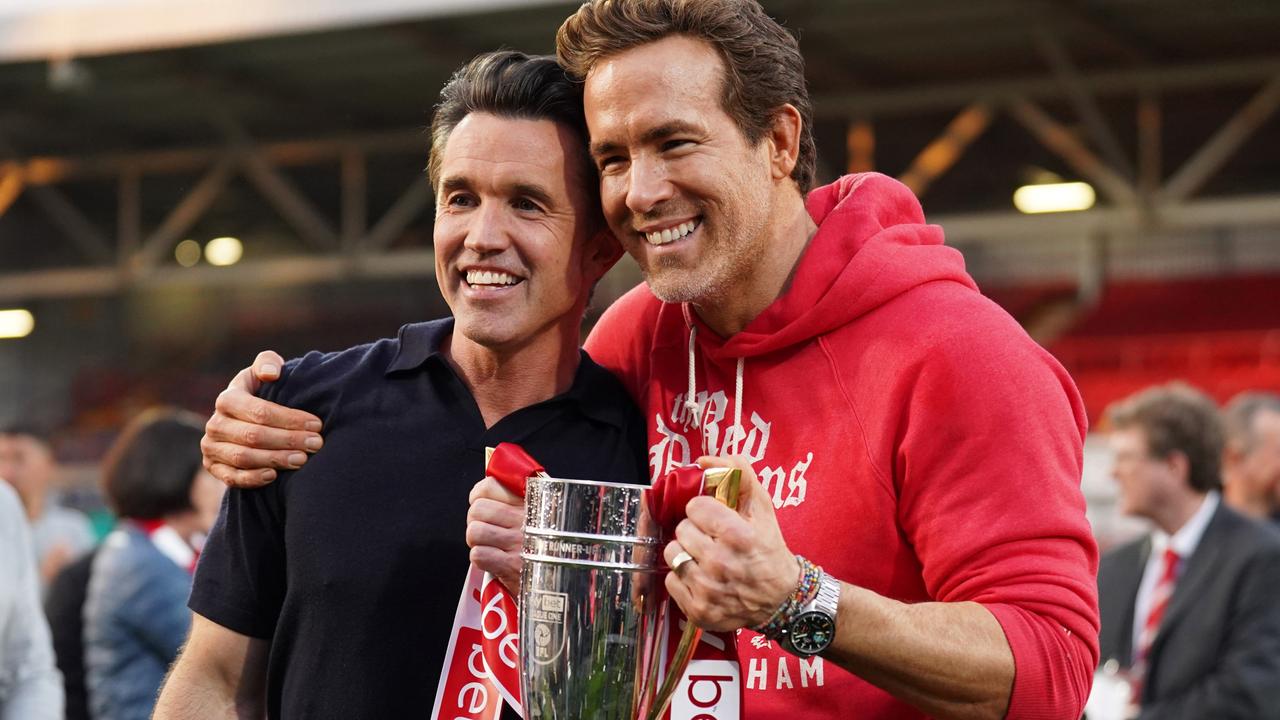A-League clubs youth development arms race: will it create the new golden generation?
Are the A-League clubs about to create a new Socceroos golden generation by investing in youth development? Club-by-club analysis from around the country.
The A-League has long been regarded as the death of development, there is no fountain of youth.
A young player today is a 21-year-old, that’s what is regarded as normal.
It unusual when comparing debut statistics to some of the best leagues on the planet.
France 2018 FIFA World Cup winner Kylian Mbappe is the perfect example.
He was 16 when he made his debut for AS Monaco, three years later he was a World Cup winner.
In the now defunct national soccer league, a 16-year-old was regarded as young and rightly so. There is hope, however.
Almost 14 years after the new competition kicked off A-League clubs are now investing in youth programs as Tim Cahill becomes the last man standing from the golden generation of Socceroos. At 39 Cahill is still playing in India.
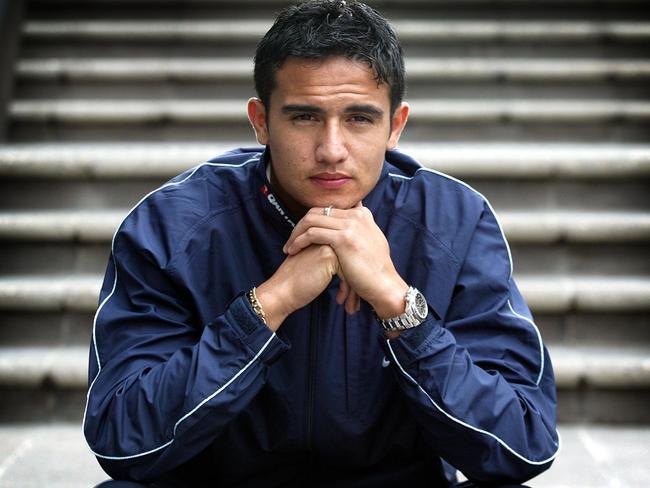
In the NSL most cash-strapped clubs were forced to blood their own from within the club’s juniors or look at other clubs from their own state for gems.
These kids were given a chance to flourish, established clubs had culture and were strong enough to do so.
Of course winning trophies was paramount but pushing local through the ranks was just as important.
Adelaide City producing 24 Socceroos with many making their NSL debuts as teenagers is a tribute to the club investing in youth all those years ago.
John Aloisi was 15 when he made his debut for Adelaide City.
It wasn’t uncommon.
Australia’s greatest Socceroos goalkeeper Mark Schwarzer made his debut for Marconi aged 18.
Mark Viduka was 18 when he claimed his first Johnny Warren medal before backing it up a year later and winning the golden boot twice for Melbourne Knights scoring 40 goals in 48 games.
Harry Kewell was 17 when the late Eddie Thompson capped the prodigy for the Socceroos.
So what happened when the A-League kicked off?
The loose ‘salary cap’ and the lack of a transfer system has largely been blamed for killing off development.
There is no incentive to produce young players if they can move to other A-League clubs for only a $10,000 training compensation in some cases — virtually free of charge.
Adelaide United in particular has been stung.
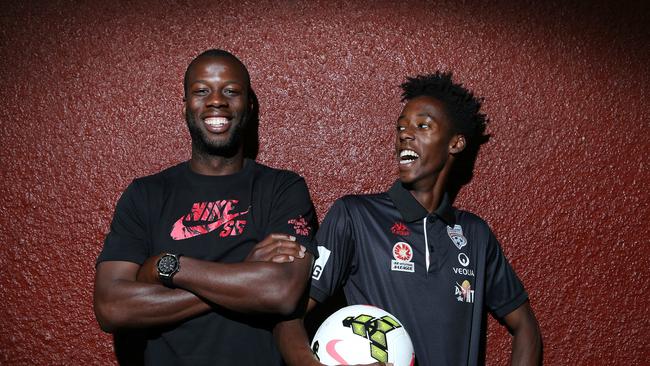
Riley McGree (Melbourne City), Bruce Kamau (Western Sydney) and Jordan O’Doherty (Western Sydney) got away virtually for free but the Reds did cash in when Awer Mabil’s move to Midtjylland net about $700,000.
The ‘bigger’ clubs that are able to snare numerous luxury players outside the salary cap to lure youngsters for better pay packets is a kamikaze business model.
Sydney FC and Melbourne Victory reportedly spend about $7.5 million on its football department whereas Adelaide last year pumped about $4.5 million into the football operation before the new owners moved in.
Critics say by the time players reach the age of 21, for the A-League to reap the benefits of a global market where the transfer system can help keep a club afloat, they should already have played about 100 games to increase values.
Most clubs aren’t willing to take a risk on playing teenagers regularly and the gap between the top tier and NPL is far too wide.
However the proposed second division could be the saviour of development as A-League clubs now are prepared to heavily invest in the future.
HOW THE A-LEAGUE CLUBS COMPARE
ADELAIDE UNITED
Junior football director: None
Fees: Yes — youth reserves are required to pay a registration fee.
Registered players: 36 players under 20 and three players aged between 20-23
Teams: Two — youth and youth reserves (both under 20 male)
Competitions: Yes (FFSA NPL)
Selection: Trial and scouting processes
Goals: The goal is to provide an elite pathway for talented young SA footballers to progress into the club’s professional programs.
Philosophy: Adelaide United is working closely with stakeholders to unify our elite pathway for both female and male players. This in-time will lead to development of a broader club football philosophy which underpins our professional programs.
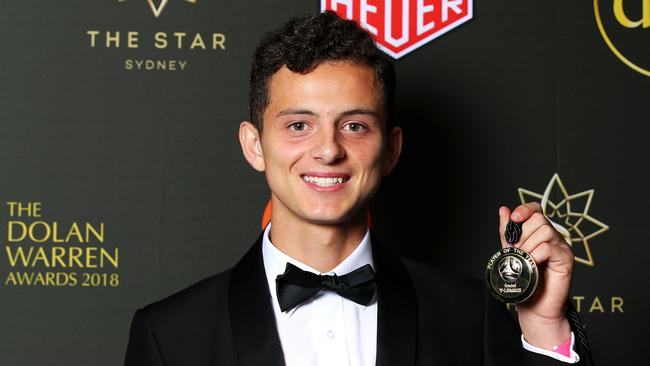
BRISBANE ROAR
Junior football director: Martin Bullock — interim academy director
Fees: The Two-Star Roar academy has been free from its inception.
Registered players: 120
Teams: Under 13, 14, 15, 16, 17, 20 plus pre-academy programs in place around five locations in south east Queensland for under-6s to 12s.
Competitions: Yes, they all play up an age group. EG: Roar’s under-13s play in under 14 competitions.
Selection: Select trials at every age group. Identified at club and invited into train, recommendations nation wide.
Goals: Develop for Roar’s A-League side and beyond and transition overseas.
Philosophy: Brisbane Roar’s Academy has been developed with the aim of providing access and opportunity for talented young players to forge a career in professional football.
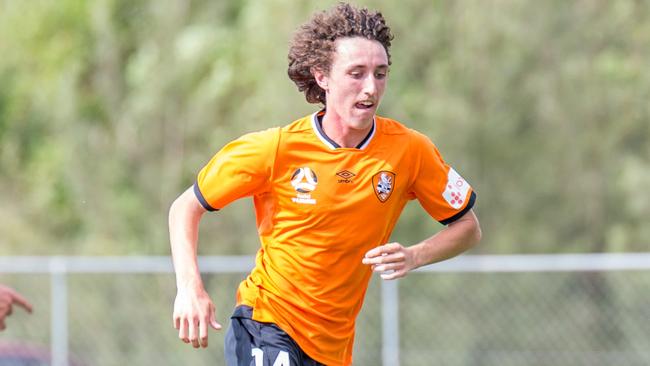
CENTRAL COAST MARINERS
Junior football director: Ken Schembri
On Offer: Full-time coaches appointed in senior boys academy spaces.
Registered players: 390
Development teams: Skill acquisition (boys and girls 8-12): 205 players; NPL women (14 — open): 75 players; youth boys (Under 13-16): 60 players; senior boys (Under 18 — 20): 50 players
Competitions: All Mariners academy teams play in Football NSW comps (NPL), excluding skill acquisition who play in our their own competition against other rep teams
Selection: The younger age groups are based on trials, scouting etc. The older age groups are less about trials, more about scouting. Important to note that the younger age groups are almost 100 per cent Central Coast talent.
Goals: Developing young footballers on the Central Coast to play at the highest possible level.
Philosophy: Developing the best football talent in Australia while delivering key life skills in leadership, teamwork and a positive lifestyle. One vision, one direction, one standard, one pathway. At the core of all planning for Mariners Academy is the playing style model. The program has strong links to the FFA curriculum and will be largely based around the same core values. It will also have its own unique spin on this model, which is specific to the Mariners Way.
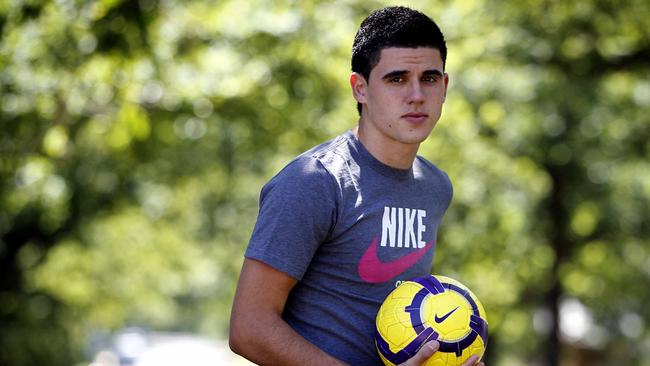
MELBOURNE CITY
Junior football director: Rado Vidosic
On offer: Some costs for under 15s and under 18s.
Development players: 83
Teams: Under 15, 18, 20 (seniors). In 2020 adding Under 13, 14, 16 to give us a total of over 140 players.
Competitions: Under 15 NPL, under 18 NPL, under 20s and senior men’s NPL2 East (Melbourne)
Selection: City invite players to trials each September. Players are recruited through a number of avenues including the City Club and Macca’s City Cup competitions we run in the community. Melbourne City has over 100 ‘City Clubs’ where City go and help train their coaches as well as provide equipment where required. City also provide College of Football coaching programs for school teams (nine schools in Melbourne). City scout NPL games.
Goals: To do everything as a club to provide a career in professional football. City wants to develop players for our A-League squad and to hopefully build the best career for themselves as is possible. On a wider level, City is looking to not only develop them technically but also look at their personal development so they can become the best version of themselves.
Philosophy: To win by playing ‘beautiful football’ — the offensive game, to try to have possession, create chances, score goals and play attractive football
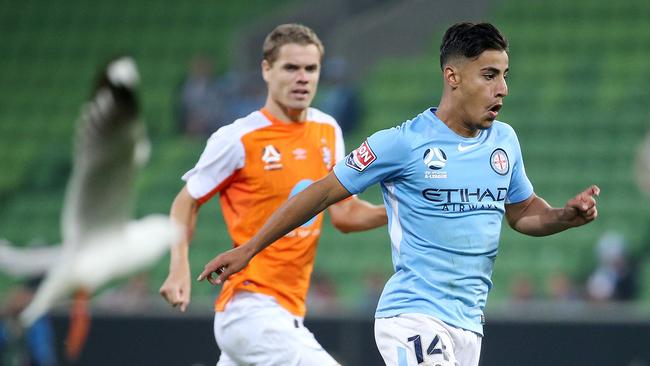
MELBOURNE VICTORY
Junior director: Rob Sherman
On offer: Junior training program is free but registration and apparel charged back to the player. Academy players expenses covered.
Development players: Currently 80 players deployed across teams at under 15s, 18s and 20s (senior). With Football Federation Victoria allowing Victory to have teams at under 13s, 14s and 16s in 2020 we will have 140 players in the academy program. The long term view is to have an additional 40 girls in two squads and 1000 players in our underpinning player development pathway
Teams: 2019: under 15s, 18s, 20s (Senior male), 2020: under 13s, 14s, 16s, 18s, 20s (senior male), 2021: Above plus — under 15s, under 17s (female)
Competitions: 2019: under 15s, 18s and 20s (senior in NPL), 2020: 13 teams — and (senior in NPL), 2021: Female subject to FFV WNPL review
Selection: Victory have a scouting network and clubs nominating players. Victory invite players in co-operation with their clubs into training for an agreed period so Melbourne can thoroughly assess their capabilities.
Goals: To provide world’s best practice to aspiring and talented players. To produce world class players. To produce players who can play the A-League and W-League. Improve the standard of football in Australia. Develop good people.
Philosophy: Melbourne Victory aspires to have the best academy in Australia and Asia. Victory aims to develop great footballers and great people who have the skills and character to enjoy a successful life.
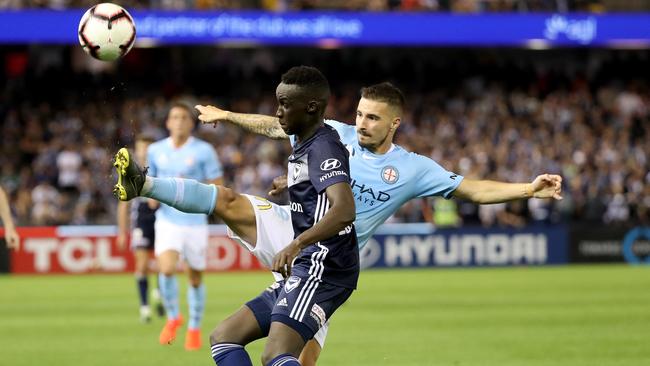
NEWCASTLE JETS
Junior football director: Craig Deans
On offer: Newcastle charges fees for juniors
Development players: 174 (77 girls and 97 boys)
Teams: 11 teams: Girls — under 13, 14, 16, 18, 20: Boys — under 12, 13, 14, 15, 16, 18
Competitions: Girls play in Football NSW WNPL, boys play in Northern NSW NPL.
Selection: Players selected are obviously players we retain from our academy teams the previous season, we also use games in the local competitions as an opportunity to identify potential players that have either previously been overlooked, have recently relocated to Newcastle or are possibly late developers. Last year we also invited players in to trial over a two-day period from outside of the Newcastle area through putting invites out to member federation technical directors. One boy was recruited into our under-16 boys through this process.
Goals: To provide a clear pathway for kids in the Newcastle area into both the A-League and W-League teams.
Philosophy: Newcastle obviously are trying to create a clear pathway for junior footballers in Newcastle into the A-League and W-League but we also believe that our role is to not only to develop football players but to also help them develop skills on and off the field and help them become the best person and player that they can be.
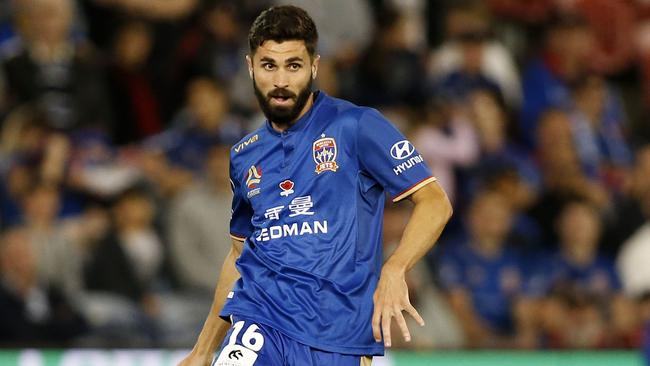
PERTH GLORY
Junior football director: Steven McGarry
On offer: Perth charges fees for juniors
Development players: 150-170
Teams: Under 12, 13, 14, 15, 16, 18 and U20 (NYL and NPL)
Competitions: Play in all of them.
Selection: Talent identification through underpinning programs and coaches, plus regular open trials.
Goals: To produce talented players to play for our professional team and national teams.
Philosophy: To produce well-rounded, technical, tactical and intelligent players well equipped to potentially progress to our professional team and national teams.
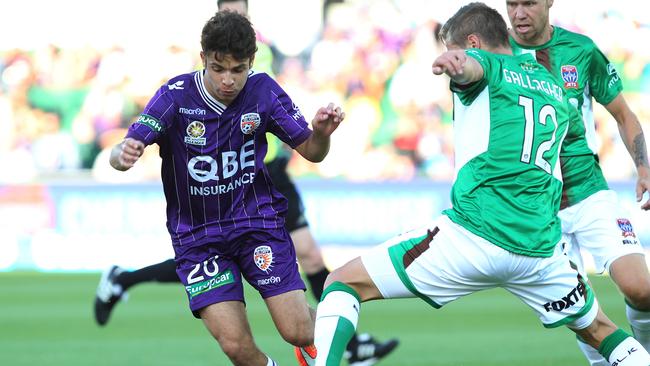
SYDNEY FC
Junior football director: Kelly Cross
On offer: The club is working on a pathway for fee-free football.
Development players: 120; 80 registered in under 13-18 teams. 40 in under-20/NPL 1
Teams: Under 13, 14, 15, 16,18, 20 (NPL/NYL first grade)
Competitions: Yes
Selection: Scouting network, recommendations, observation of primary and secondary school tournaments, Sydney FC academy cchools, Advanced training program under 12s and advanced training camps.
Goals: To develop players for Sydney FC A-League teams and Australian national teams.
Philosophy: Sydney FC has a vision with which it intends to create Australia's number one junior football academy. The vision reaches across a number of different elements and incorporates unique aspects and philosophies. Developed by Sydney FC board member Han Berger and academy director Kelly Cross the vision is designed to ensure academy players are given the best environment in which to achieve their goals.
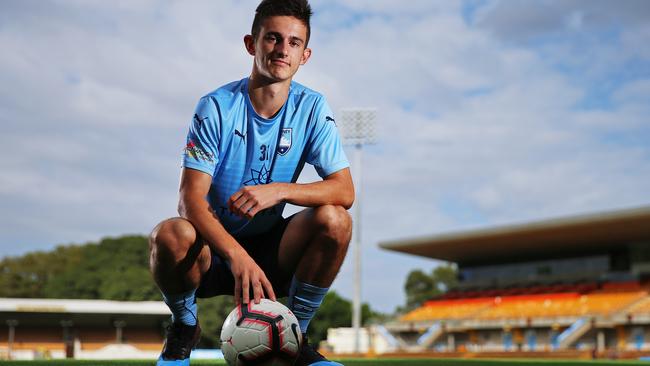
WELLINGTON PHOENIX
Junior football director: Paul Temple.
On offer: Players contribute towards the costs associated with running a full-time development program and this includes four-grass sessions a week, two gym sessions a week, a game a week, full medical cover, match analysis software and feedback plus all training gear.
Development players: 70 — plus more than 400 players in partner club in Wellington (Lower Hutt City)
Teams: under 15s, 16s, 17s, 20s
In competitions: Play under our partner club Lower Hutt City. The under 20s play in the Premier Grade Men’s competition, the under 17s and under 16s also play in men’s competitions and our under 15s play in the elite under 17 league.
Selection: The academy selects players through a variety of methods. We run talent ID camps around New Zealand, we scout all major youth tournaments and we also have people watching local junior and youth games in Wellington. We have a range of contacts across the country who also recommend players to us. All players are background checked, research is done on their ability and character and those who are of interest are invited to spend a week with the academy before we sign them.
Goals: The ultimate goal is to produce home grown local players for the club’s first team in the A-League and age group National Teams for New Zealand Football. But not every player will make it into the first team so we have a variety of pathways including US scholarships for our players.
Philosophy: The first team philosophy is mirrored by the top academy team (under 20s) to facilitate efficient player movement. The academy development philosophy is unified across the entire academy structure and is focused on developing good young men with certain character traits. The teams focus on playing an incisive possession based game with high tempo pressing to regain the ball as soon as possible.
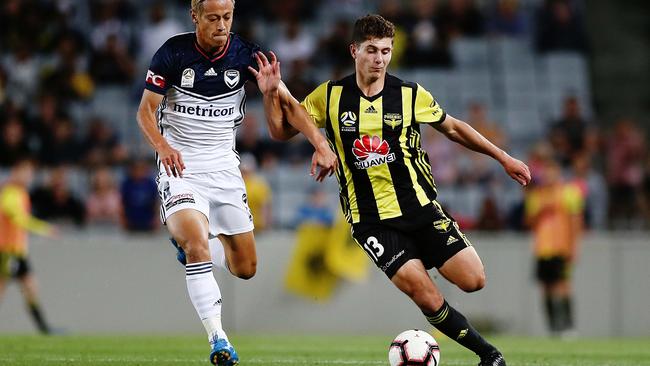
WESTERN SYDNEY
Junior football director: Ian Crook
On Offer: No charges for junior players
Development players: 106
Teams: under 13s, 14s, 15s, 16s, 18s, 20s and youth team — excluding A-League graduates (Jaushua Sotirio, Keanu Baccus, Tass Mourdoukoutas) and scholarship players (John Roberts, Nick Suman, Fabian Monge, Mattieu Cordier, Tate Russell, Kosta Grozos, Abraham Majok)
Goals: To produce the next generation of players for the Western Sydney Wanderers and Socceroos. Developing talented individuals into quality footballers that will be respected on-and-off the pitch. Creating a pathway for the young people of western Sydney to represent their region at the elite level.
Philosophy: Wanderers mission is to be a club for the people of western Sydney. Wanderers vision, to be a globally recognised and respected football club, the pride of western Sydney. This attitude is the basis of our philosophy. The club seeks to represent the values and culture of western Sydney. Hard work, commitment, determination. Wanderers are a club powered by the support of our people: young and old, pros and amateurs, families and volunteers. We offer young players and coaches a pathway forward in our game, creating future leaders beyond football talent, developing respected members of the western Sydney region and Australian sport community on-and-off the pitch.
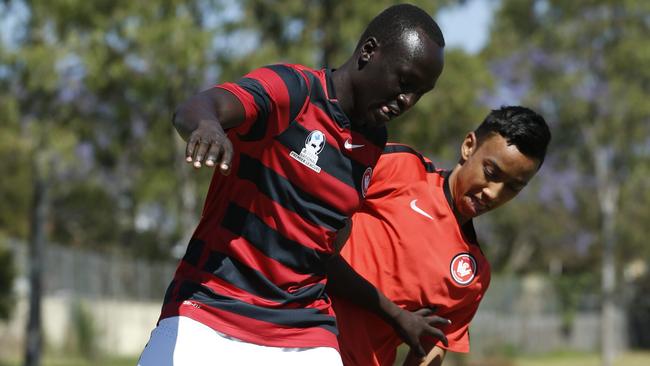
Originally published as A-League clubs youth development arms race: will it create the new golden generation?


